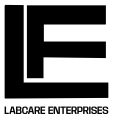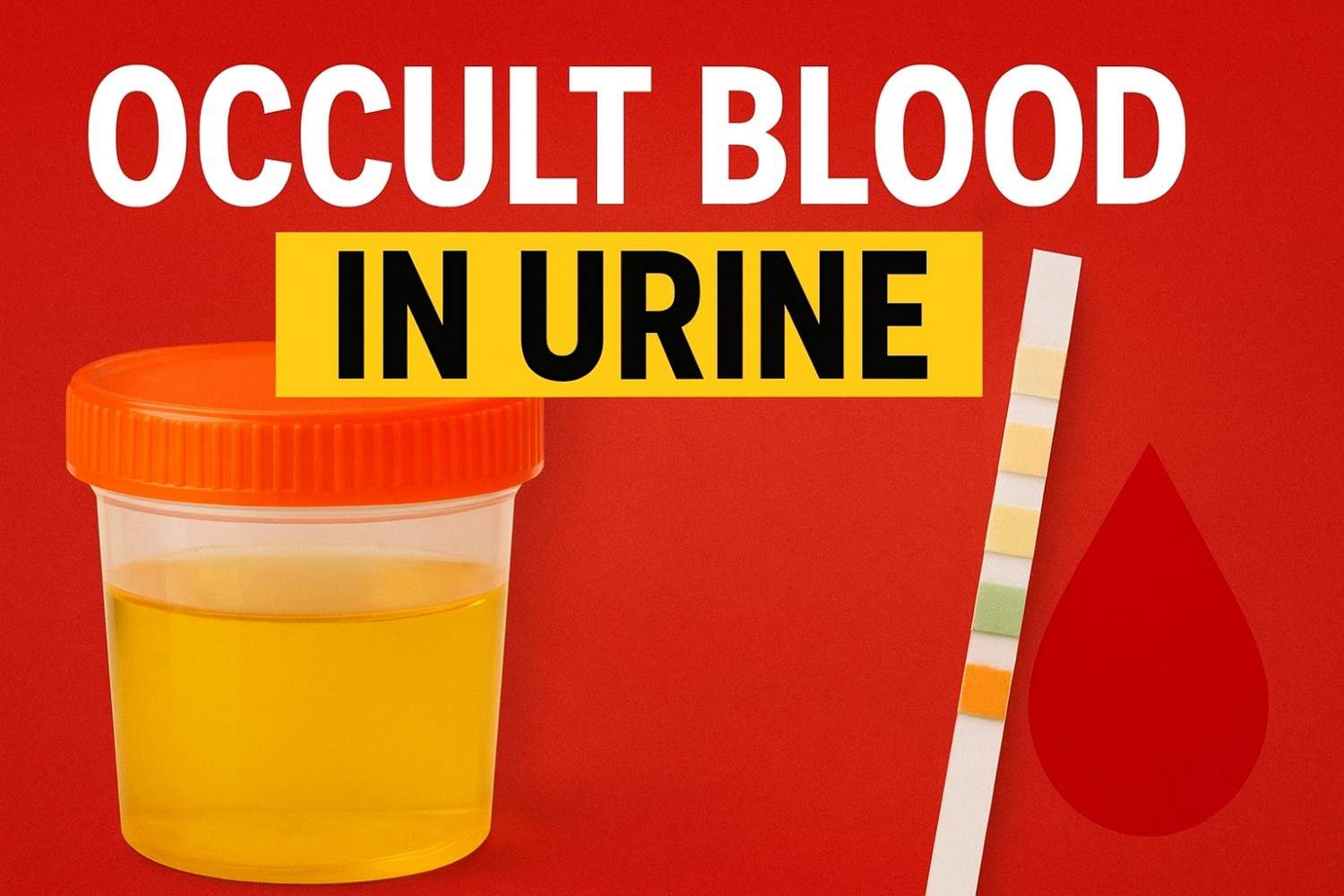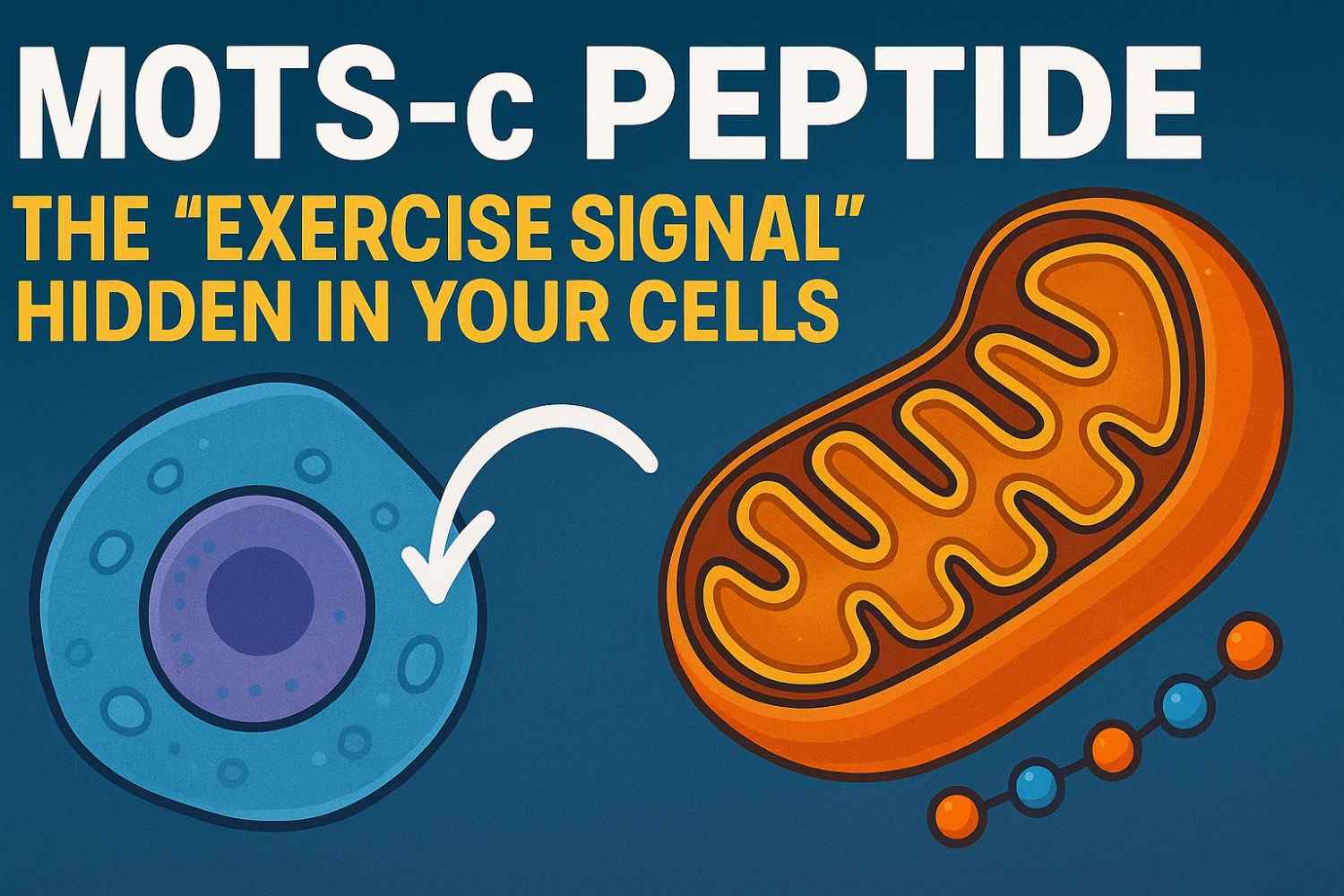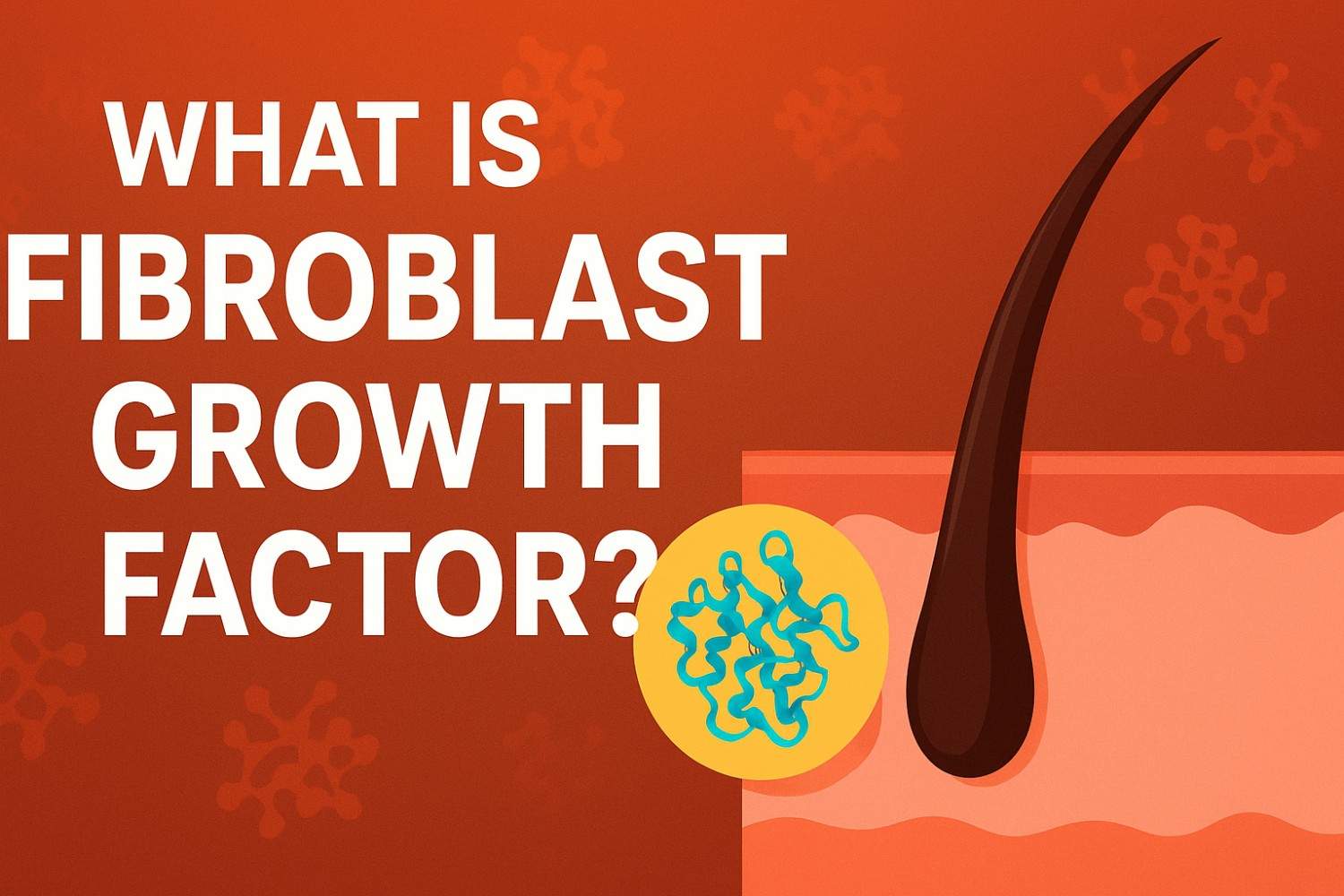
Petri dishes are an essential thing in the lab – used to grow microorganisms, observe cell growth and do experiments. The most important thing before buying a Petri dish is its material. Mostly two plastics are used in labs – Polystyrene (PS) and Polypropylene (PP). Both have different functions and both work best in different situations.
In this guide, we will compare both materials – their properties, advantages, disadvantages, and which one will be better for which experiment. Whether you are a researcher, a student or working in a lab – this article is useful.
What is a Petri Dish?
A Petri dish is a flat round container with a lid. Named after scientist Julius Richard Petri. Bacteria, fungus, or cells are grown in it.
Plastic Petri dishes are lightweight, cheap and best for the lab. They come in different sizes – from 35mm to 145mm. They can have vented or non-vented lid, single or multi compartment, and can be stackable.
Material selection – PS or PP – depends on your experiment.
Why is the material important?
The material of the Petri dish itself tells how long it will last, whether it will be visible under the microscope or not, whether it will burn or melt under heat, whether it will react with chemicals or not – it all depends on that.
If you use the wrong material, it will melt in the autoclave, you will not see anything in the microscope, or it will break down due to chemicals.
Understand the important points:
Polystyrene Petri Dishes: Best option when you need to look through a microscope or for single-time use. It is also inexpensive and easy to dispose of.
Polypropylene Petri Dishes: Best when the experiment is rough, heat or chemicals are used. It is also strong and can be reused.
Decision Factors:
Want clarity? Use PS.
Want durability? Use PP.
Budget is tight? PS.
Are you concerned about the environment? PP.
Overview of Polystyrene:
This plastic is hard and clear. Mostly made for one-time use. It is mostly used in microbiology and cell culture because its transparency is like glass.
Polystyrene (PS) Petri Dish – Details:
Properties:
- Clarity: Very clear, perfect for microscopes.
- Durability: Hard but breaks if dropped.
- Heat Resistance: Melts above 100°C, does not autoclave.
- Chemical Resistance: Fine with water and weak acids/bases, but deteriorates with organic solvents.
- Disposability: One time use, mostly sterilized with gamma rays.
Advantages:
- Very clear – best for microscope work.
- Disposable – low chance of contamination.
- Cheap.
- Easily fits into automation systems.
Disadvantages:
- Cannot be reused.
- High chance of breaking.
- Heat does not dissolve.
Where to use:
- Bacteria/fungus culture.
- Cell culture that needs to be observed under a microscope.
- Short-term experiment.
Overview of Polypropylene:
It is tough and heat/chemical resistant. It is also reusable, so it is preferred by environment-conscious people in labs
Polypropylene (PP) Petri Dish – Details:
Properties:
- Clarity: Slightly translucent, not good enough for a microscope but will do for general observation.
- Durability: Very strong, nothing will happen if it falls.
- Heat Resistance: Autoclaved, can handle up to 121°C or 135°C (depends on manufacturer).
- Chemical Resistance: Acid, base, solvent – everything dissolves.
- Reusability: Can be reused, clean and sterilize.
Advantages:
- Reusable – less waste.
- Strong – does not break.
- Safe with chemicals.
- Works well with heat.
Disadvantages:
- Not clear – a little weak for microscope work.
- A little expensive initially.
- Where to use:
- Long-term cell culture.
- Autoclaving or hot agar if used.
- Chemical experiments.
- Environment-friendly labs.
Comparison Table: PS vs. PP
| Property | Polystyrene (PS) | Polypropylene (PP) |
| Clarity | Very clear, best for microscope | Slightly translucent, good for gross observation |
| Durability | Very brittle, breaks if dropped | Strong, resistant to breaking |
| Heat Resistance | Melts above 100°C | Autoclavable, up to 121–135°C |
| Chemical Resistance | Good only with water and weak acid/base | Resistant to acids, bases, and solvents |
| Reusability | Single-use, does not autoclave | Reusable, clean before use |
| Cost | Cheap per piece | Expensive per piece, cheaper in the long term |
| Environmental Impact | Generates more waste | Less waste, reusable |
How to decide?
- If you want clarity for the microscope – take Polystyrene.
- If you have to reuse and chemicals or heat are needed – Polypropylene is the best.
- If budget is a concern – Polystyrene is fine.
- If environment is also a concern – Polypropylene.
When to use which one?
Polystyrene (PS) tabs when:
- Clarity is required for microscope.
- Single-use is required to avoid contamination.
- Budget is tight.
- Using automation system.
Polypropylene (PP) tabs when:
- Dish needs to be used repeatedly.
- Heat, autoclave or hot if used.
- Works with chemicals.
- Environmentally-conscious choice.
FAQS
A1: No, it melts after 100°C. It is for one-time use only.
A2: No, it is a little translucent. If you want clarity, use PS.
A3: Polypropylene. It is expensive for one-time use, but can be used repeatedly later.
A4: No, it melts after 80–100°C. Use PP for high temp.
A5: Both can be recycled, but PP is more eco-friendly because it can be reused.
Disclaimer:
This guide is for general information. It is important to read the manufacturer’s instructions before starting the experiment – for compatibility with heat, chemicals, and sterilization.
Conclusion:
Both Polystyrene and Polypropylene Petri Dishes are best in their place. PS if clarity and single-use is required. PP if long-term work, heat and chemicals are used.
Make the right choice according to your work, budget and environment. With the right Petri dish, research will be strong and work will also run smoothly.




